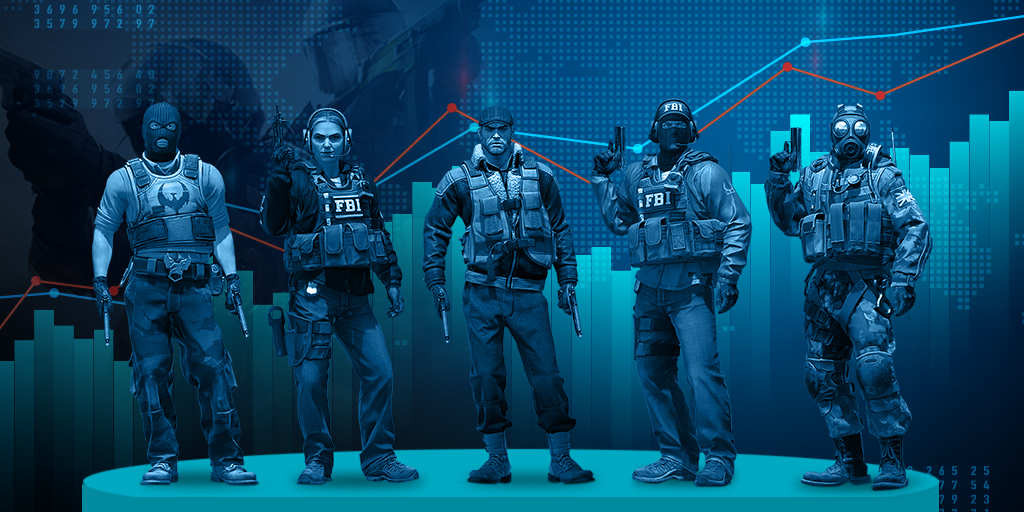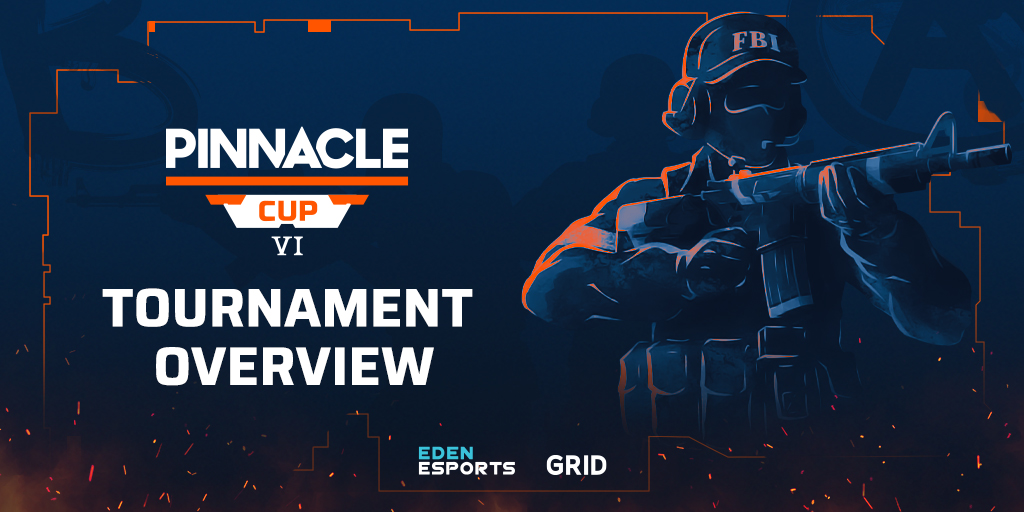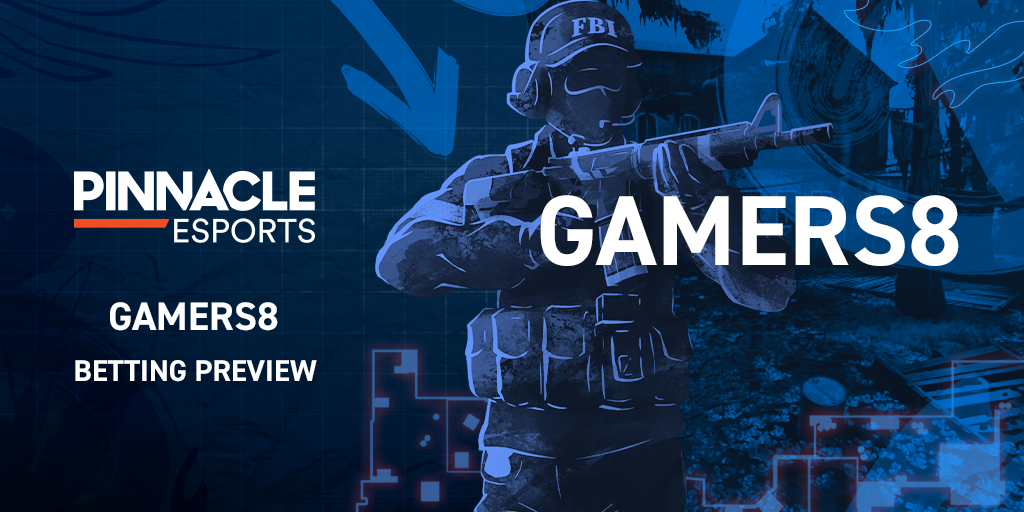CS:GO has been out as a game for eight years, although the Counter-Strike franchise it forms part of has existed for over two decades. Not many games manage to sustain such longevity at the top, so how is CS:GO popular?
It’s been consistent throughout
If you take a look at CS:GO now and compare it to the original beta versions, you can fairly easily spot the fact that it’s the same game series. There are maps that you can track from then all the way to now, familiar guns and even the gameplay itself shares similarities all the way back to the original iteration. Even though there have been four titles in the main franchise series, each and every one has the exact same fabric to each other.
When you have access to platforms with over 30,000 games available to play, Counter-Strike has to be a very good game to maintain such numbers.
However, there are naturally a number of differences between the two games. For one, it runs on a different engine that comes with a different and arguably more realistic set of physics to understand. There are also a different set of weapons, albeit with most similar to those in the original titles. Maps are made slightly differently, with layouts and designs changed. Finally, the game is a significant graphical upgrade on the original few.
CS:GO itself has barely changed in the eight years since its release. Indeed, you can list its large changes on one hand with many fingers to spare. These include the two major changes including the “Arms Deal” update that introduced skins and the recent addition of the “Danger Zone” battle royale mode that accompanied the game becoming free in 2018.
Instead, the developers focused on making small changes regularly to keep the game “fresh” and people having to learn the game. These are changes to what people usually refer to as the “meta” of the game and include updates to the weapons, edits to the maps and small tweaks to the game modes. The latter includes the change to the round and bomb timers introduced at the end of 2015. These changes still happen, and will continue to happen into the future.
- Read: CS:GO weapons guide
Other changes also included making the game significantly smoother and easier to play. Back in 2012, it was not a popular game, with many players choosing to stick to the 1.6 and Source versions of the title. However, over the next few years, the game was polished and made to look nicer and partially helped by Valve forcing the esport side of the series to merge into the one title, meaning the Counter-Strike community all moved over to the new game.
It’s simple to understand
At its core, CS:GO is an inherently basic game. The fact that everyone can recognise within five minutes that the point of the game is to shoot those on the opposition team means that it’s incredibly simple for someone to drop in and start playing or watching.
This simplicity allows newcomers to grasp what Counter-Strike is about without a need for lengthy tutorials like other titles. CS:GO’s built-in “Weapons Course” tutorial takes about ten minutes to complete, and effectively brings you through the basics of each of the guns and grenades.
However, it doesn’t remain simple for long. The correct recipe for a quality game is balancing the simplicity in understanding alongside a difficulty to master and that is where Counter-Strike is in its element.
Each map has different routes and strategies to master to allow you to attack or defend it efficiently. Each weapon has its own unique pattern you need to learn to shoot accurately. You must learn how the economy of the game works in order to maintain effective opposition against those you play. Grenades have specific angles to learn to blindside your enemies to get advantages.
These aren’t things you can learn quickly and you need to put in the effort to learn each and every part to master the game. It keeps people coming back for more to try and learn, and it also makes the esport exciting. You wouldn’t want to watch the masters of the game exploit every little nuance to achieve the win if it remained constantly simple, would you?
Recent growth and challenges
From the end of 2019 and start of 2020, CS:GO saw unprecedented growth. Each month between October and April saw increases in both the average and peak player numbers, going from 408,000 and 747,000 respectively to 857,000 and 1,305,000. In terms of unique players throughout an entire month, CS:GO has consistently hit over 20,000,000 since the turn of the year.
Even though there have been four titles in the main Counter-Strike series, each and every one has the exact same fabric to each other.
That’s an increase of around 110% for average players and 75% in peak players in the space of six months. There are hardly any games that can boast such numbers, let alone ones that had been around for nearly eight years beforehand. Those April numbers broke Dota 2’s record of 1.2 million and placed it into the second highest on Valve’s Steam platform.
Part of that hype and growth can quite easily be laid at the feet of its newest and strongest challenger in the space, VALORANT. The Riot Games title takes obvious influence and many concepts from Counter-Strike, with the gunplay and base gameplay mechanics appearing to be directly copied from the series.
This hypothesis could be “proven” by comparing the dates. Riot Games announced the existence of their shooter, then simply known as “Project A,” at the start of October 2019. VALORANT was then formally announced in March 2020, before the beta began in April. Coincidentally, that final date, is the final month of player growth witnessed for CS:GO, with the following month seeing the average player numbers drop by about 10%.
However, at the time of writing, VALORANT has been out in the open for around two months, and the average numbers of those playing the game remain higher than any point before the March 2020 peak, currently sitting at a monthly average of 627,000 and peak of 925,000. At this point in time, it is the most popular game on the Steam platform by a landslide.
Naturally the current climate, with a lot of the world side-lined and housebound by the COVID-19 pandemic, has increased those numbers by a significant amount. However, in the current age of 2020 where you have access to platforms with over 30,000 other games available to play, it has to be a very good game to maintain such numbers. There remains a lot of life in the game yet.







